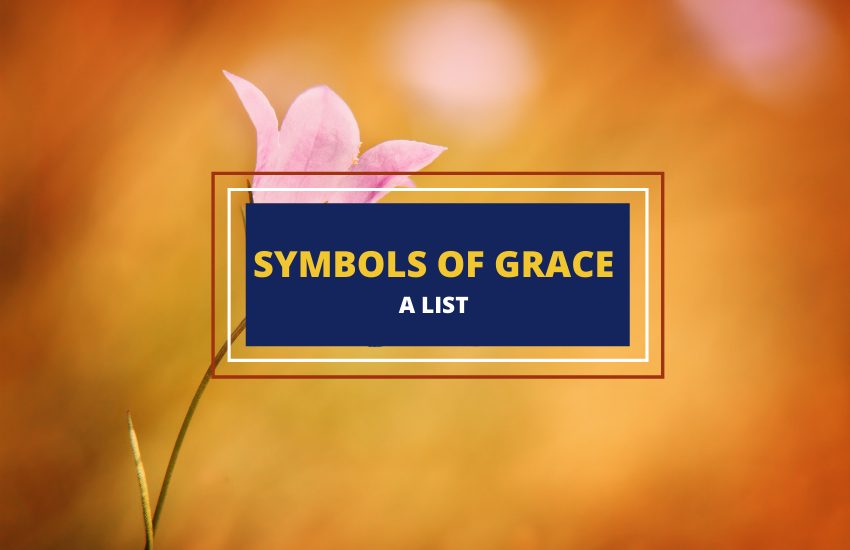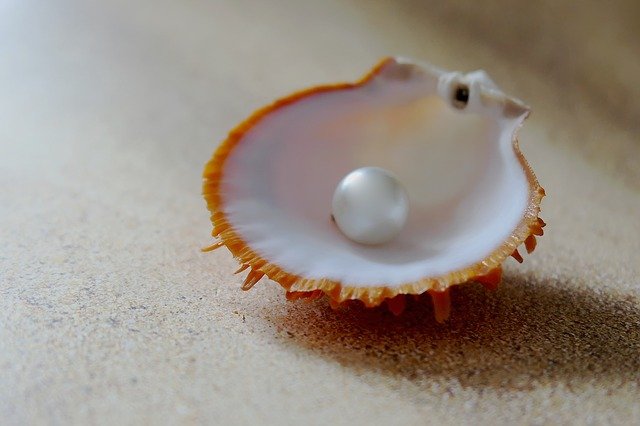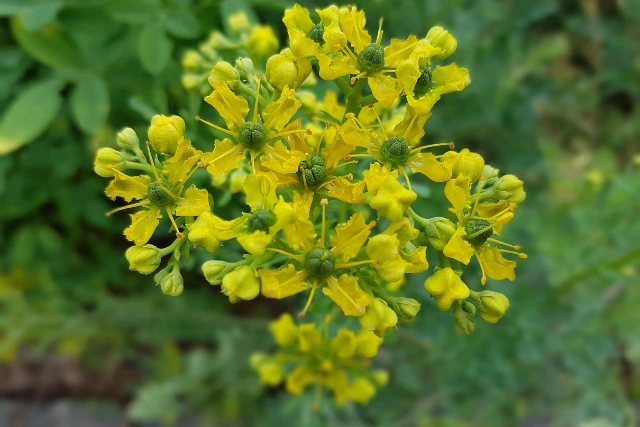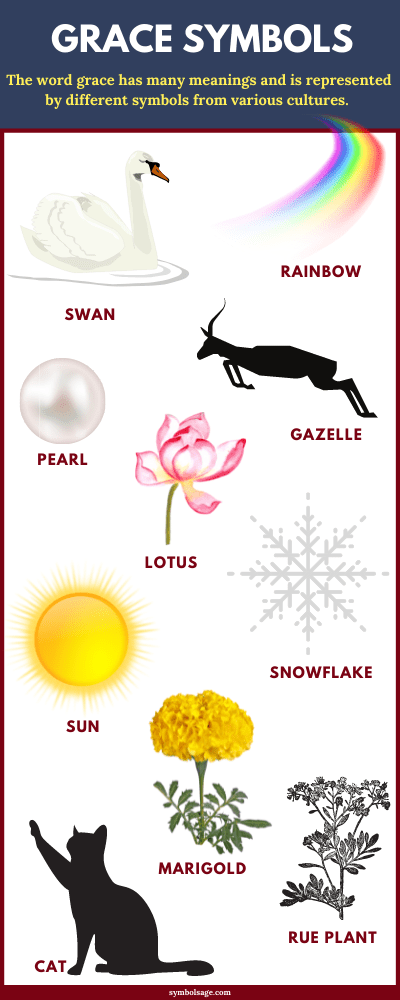
Table of Contents
Through literature and popular culture, we have formed different ideas in our minds about the meaning of grace. The word grace was borrowed from Latin gratus, meaning pleasing, and has become synonymous with elegance and refinement.
Theologians have also developed the spiritual concept of grace. The Greek word charis is commonly translated as grace, meaning God’s favor. The term is also associated with the divine grace given by God who allows people to be forgiven for their sins.
In medieval times, the kings were called “Your Grace,” a shortened version of “By the grace of God,” as people believed that kings derived their authority from God.
In modern times, the term grace remains associated with honor and majesty, as implied by the words to fall from grace.
With all that said, let’s take a look at the different symbols of grace and their significance in different cultures.
1. Swan

The swan has a long history of symbolizing beauty, grace, purity, and love. These graceful water birds are most recognized by their white plumage and long, slender curving neck.
In Greek mythology, the swan is one of the symbols of Aphrodite, the goddess of love and beauty. In Ovid’s Metamorphoses, the goddess is mentioned as riding in a chariot, winged by her swans.
Several folktales, operas and ballets mention swans, portraying their beauty and grace. In 1877, Swan Lake by Tchaikovsky depicted the graceful movements of these water birds, portrayed by ballerinas in white dresses.
These birds also have a royal connection with the British crown, as the Queen has the right to claim any unmarked swan in the open water.
2. Rainbow

Many Christians view the rainbow as a symbol of the Christian God’s grace. Its symbolism is derived from the account of the covenant God made with Noah after the Great Flood.
In the book of Genesis, God made a promise to the survivors that He would never again bring a flood to destroy mankind and all living creatures of the earth.
Apart from this, the rainbow is associated with the glory of God and his throne. In a vision of God, the prophet Ezekiel mentions seeing something like the appearance of the rainbow. When describing the throne of God, John the apostle also mentions a rainbow like an emerald in appearance.
In the book of Revelations, an angel is depicted as having a rainbow upon his head, suggesting that he’s a representative of God.
3. Pearl

A symbol of grace and beauty, the pearl is often referred to as the queen of gems. In Western cultures, its symbolism is likely derived from its association with Aphrodite.
When the goddess was born out of sea foam, she rode on a seashell to the island of Cythera. Thus, shells and pearls were also sacred to the goddess of beauty.
In ancient Asian cultures, the magical appearance of pearls was thought to indicate the presence of the divine. In Chinese mythology, a pearl fell from the sky when dragons fought in the clouds.
A boy swallowed the gem to protect it, and he became a dragon. Female dragons were even said to wear necklaces of huge pearls.
4. Lotus

A symbol of purity, beauty and grace, the lotus grows from muddy waters yet remains unstained. In different cultures and religions, it has been associated with divine grace.
The ancient Egyptians depicted goddess Isis as being born from a flower. In Buddhist mythology, the appearance of a new Buddha is marked by the blossoming of a lotus.
These flowers are also one of the offerings left at the altars in many Buddhist temples.
5. Gazelle

A small antelope resembling deer, gazelles are swift, gentle creatures, so it’s not surprising that they’re seen as symbols of grace and refinement.
The gazelle is mentioned in The Song of Solomon, which narrates the love between a shepherd and a country girl from the village of Shulem and reference the creature’s beauty and gracefulness.
According to that myth, when King Solomon returned to Jerusalem, he took a Shulammite girl with him. However, nothing that he did could change the girl’s love for the shepherd.
When the king let her go back home, the girl called to her lover to come to her running like a gazelle, or a young stag. It’s likely that she thought he was graceful and handsome, like a gazelle.
6. Cat

In ancient Egypt, cats were a religious symbol of grace, poise, strength, and wisdom. In fact, pharaohs highly respected their feline companions, and they were featured in hieroglyphics and architecture.
The Egyptian goddess Bastet is even depicted with a cat’s head, and several representations of felines include inscriptions dedicated to her.
As a symbol of grace and poise, the cat also became the inspiration for how female models walk in a fashion shows.
The model’s walk itself, which is like the walk of a cat, gives the impression of confidence while adding graceful movement to the clothes being paraded. The most successful models in history are renowned for their catwalks.
7. Snowflake

In medieval China, snowflakes were seen as symbols of grace. In a poem from the Liu Song dynasty, addressing the best and worst rulers, snowflakes are regarded as auspicious symbols of imperial grace, praising Emperor Wu and Emperor Xiaowu.
In one poem, snowflakes were used as a metaphor for Emperor’s Xiaowu’s reign, as he brought peace to the nation, just like how the snowflakes brighten the land.
In another legend, snowflakes fell on the palace courtyards on New Year’s Day the 5th year of Daming. One general walked out from the palace, but when he came back, he was all white with snow gathered on his clothes.
When Emperor Wu saw him, he regarded it as auspicious, and all the ministers wrote poems on snowflakes, where the theme was the celebration of the emperor’s grace.
8. The Sun

Since ancient times, the sun has been symbolic of divine grace. It’s the source of light and warmth, revered for its ability to sustain life and make crops grow.
The sun was worshipped and personified, and almost every culture uses solar motifs.
In ancient Egypt, the sun god Ra was the dominant god in the pantheon, and kings from the 4th dynasty held the titles Son of Re. Under the reign of Akhenaton, from 1353 to 1336 BCE, the sun’s divine qualities were glorified.
9. Rue Plant

Known as the herb of grace, rue is a herb often grown in gardens. Its symbolism is derived from its magical use, as it’s thought to invoke divine grace and ward off witches.
In medieval times, it was hung in the windows to keep an evil entity from coming into the house.
Eventually, the magical tradition evolved into the Catholic ritual of dipping the branches of rue into holy water and sprinkling it over the heads of followers to bestow blessings. In some rituals, dried rue is burned as incense for purification and protection.
10. Marigold

A symbol of grace and fidelity, the marigold is one of the most sacred flowers of India, commonly strung into garlands and used at weddings and in temples.
Early Christians placed the flowers on statues of the Virgin Mary because they symbolically represented her radiant, spiritual glow. In some cultures, it’s a tradition to put marigolds in pillows, in hopes of fulfilling one’s dreams.
Wrapping Up
The meaning of grace defies reason and logic, but these symbols show how it is understood by different cultures and religions.
Throughout history, the swan, gazelle and cat have been the embodiment of grace and poise.
In religious contexts, rainbows and the sacred herb rue are regarded as a symbol of God’s grace. These are just some of the symbols that indicate how grace is perceived in different cultures.
Similar Articles:
9 Powerful Symbols of Femininity and What They Mean
10 Powerful Symbols of Beauty and What They Mean
Top 15 Symbols of Purity and Their Meanings
19 Powerful Symbols of Innocence and What They Mean









